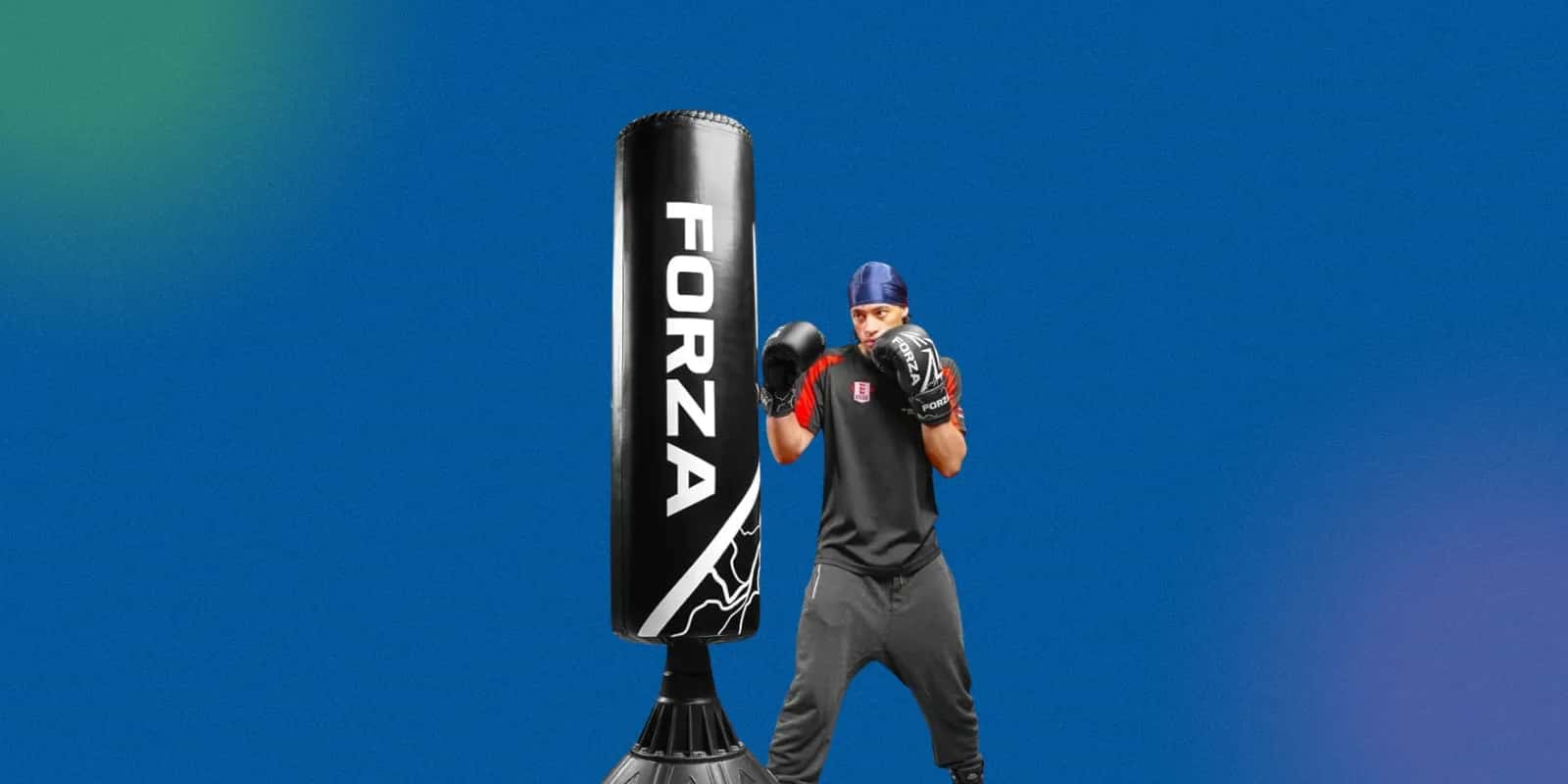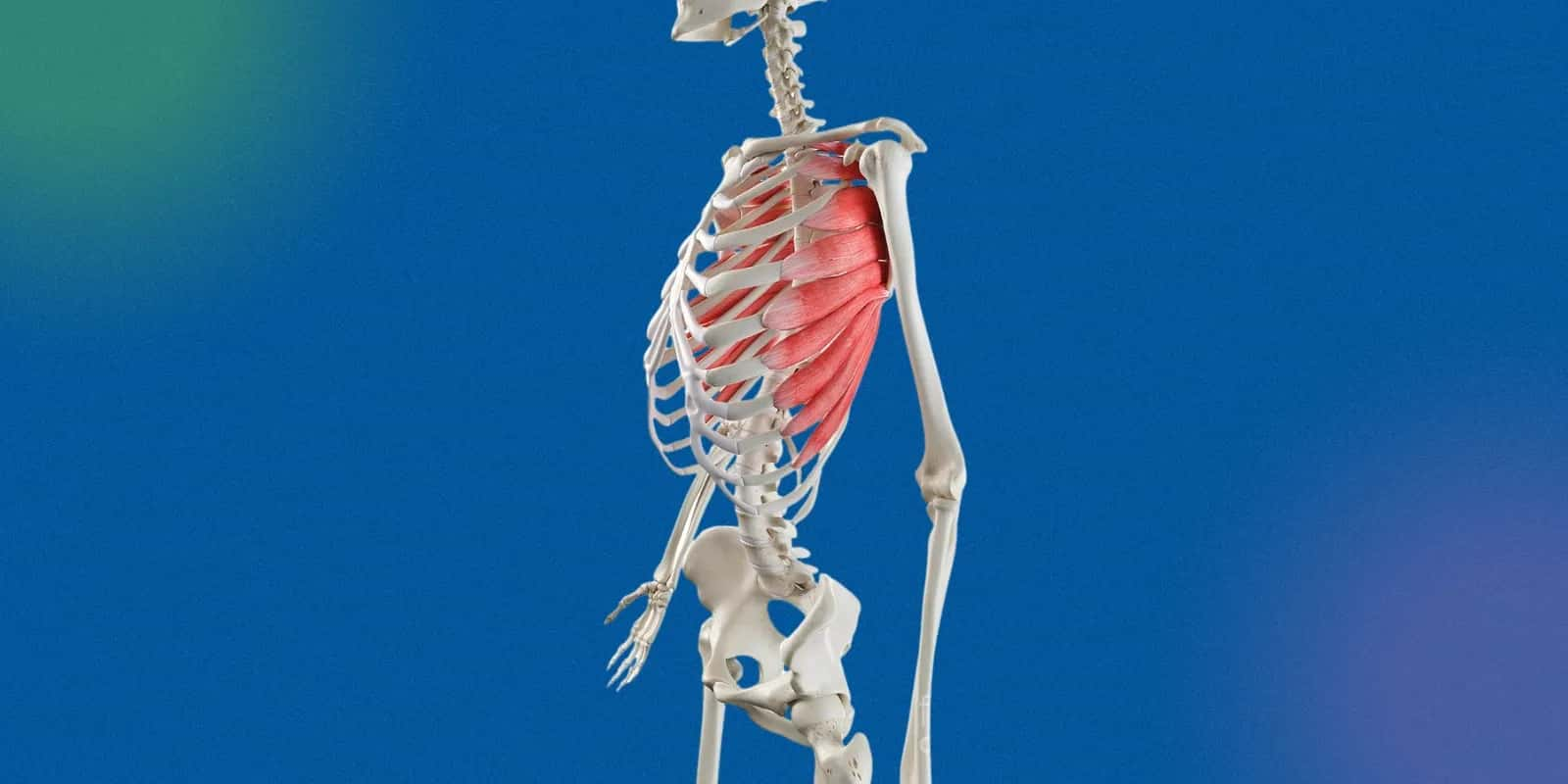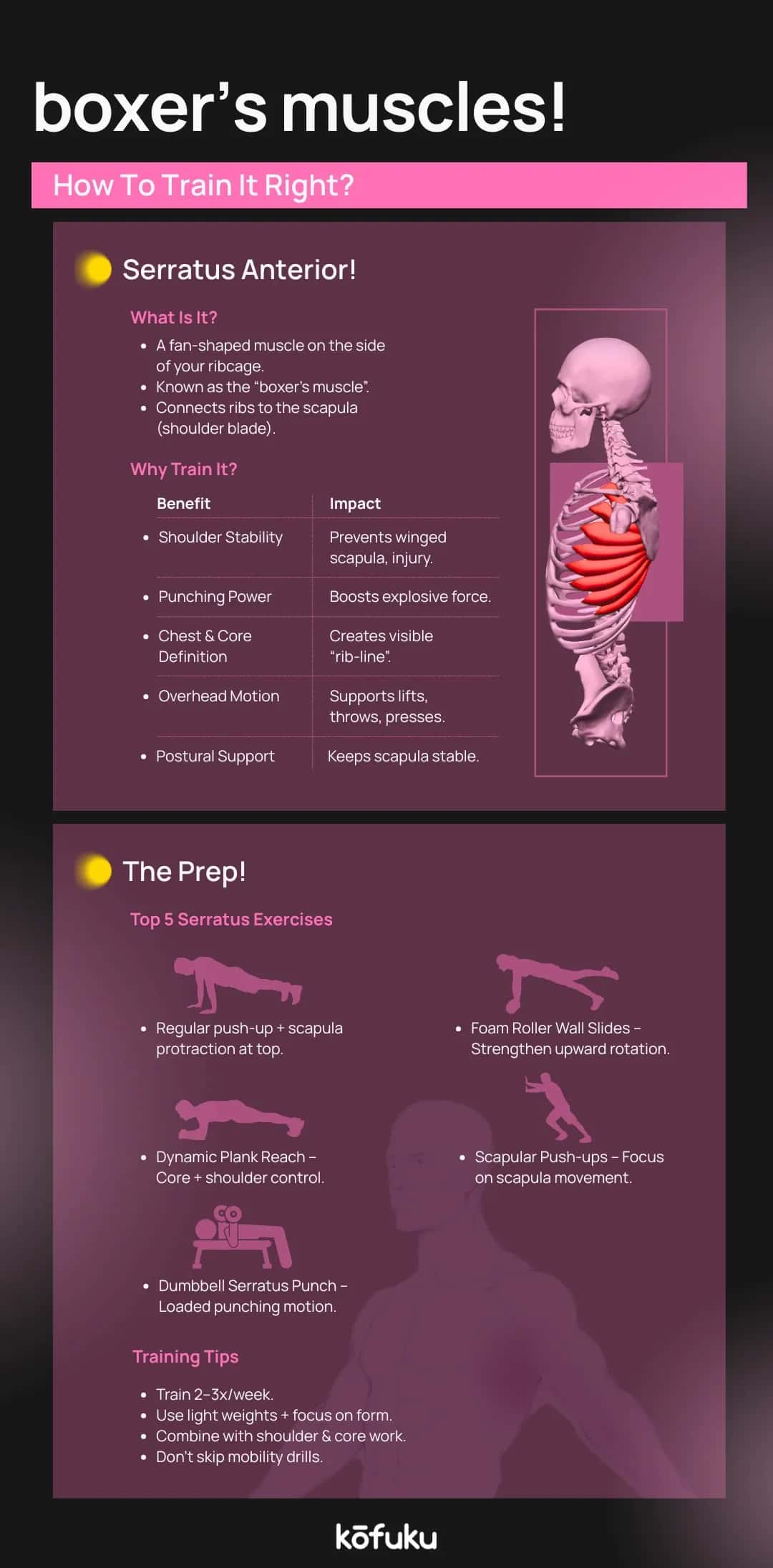Serratus Anterior Muscle: Why and How to Develop The Boxer's Muscle


Introduction
Did you know about the saw-like muscle in the body that helps you with throwing punches and assists with breathing by helping elevate the ribs? Also known as the serratus anterior muscle, it is located beneath the shoulder blade.
Every time you throw a punch, raise your arms over your head, or push yourself up, you are relying on a hidden powerhouse: the serratus anterior muscle, also known as the boxer’s muscle.
It is situated on the thorax and inserted onto the shoulder blade. This muscle plays an important role in both movement and stability. Despite its importance, it's often overlooked during training routines.
In this guide, you will learn about the serratus anterior muscle, why and how to develop the serratus anterior muscle, the functions of the serratus anterior muscle and effective exercises to target the serratus anterior muscle.
The Functions of the Serratus Anterior
The serratus anterior muscle primarily functions to move the scapula or the shoulder blade forward and around the rib cage. This movement is known as protraction.
Along with protraction, the serratus anterior muscle assists in various other things. Let's take a detailed look at the same.
-
Protraction: The serratus anterior muscle pulls the scapula forward, away from the spine, allowing movements such as punching and reaching.
-
Upward Rotation: The boxer’s muscle, when combined with the trapezius muscle, rotates the scapula forward, which enables the arm to be raised above the head.
-
Scapular Stabilisation: The boxer’s muscle keeps the scapula pressed against the ribcage, preventing it from protruding away from the body, which can lead to instability and pain.
-
Accessory Breathing Muscle: In cases of respiratory distress, the boxer’s muscle can help lift the ribs, assisting with inhalation.

Why Should You Train the Serratus Anterior?
Training the serratus anterior muscle is important for shoulder health, posture and overall upper body strength. It acts as a key stabiliser of the shoulder blade, preventing injuries like impingement and rotator cuff tears, and can also improve overhead mobility.
Here are more reasons why you should train your boxer’s muscles:
-
Scapular Stability: The boxer’s muscle is essential for stabilising the shoulder blade, also known as the scapula, against the rib cage, preventing it from protruding away from the body or becoming unstable during movement.
-
Injury Prevention: A strong boxer’s muscles help protect against shoulder impingement, rotator cuff tears, and other shoulder problems that can arise from poor scapula control.
-
Improved Overhead Mobility: The serratus anterior muscle enables proper scapular upward rotation, which is essential for full arm elevation and overhead movements.
-
Correcting Rounded Shoulders: Anterior muscle weakness can contribute to rounded shoulders and forward head posture. Training the serratus anterior muscle can help improve alignment and posture.
-
Core Engagement: The serratus anterior muscle plays an important role in core stability and can be activated during various exercises that engage the core, contributing to overall strength and stability.
-
Better Movement Efficiency: The serratus anterior muscle enhances the coordination between the shoulder blade and the arm movement, leading to more efficient and powerful movements in various activities.
Effective Exercises to Target the Serratus Anterior
Strengthening your boxer’s muscles will not only benefit your everyday life but also improve your other workouts. Below are some of the best serratus muscle exercises. The best part is, you can perform them at home too!
Diagonal Shoulder Walks
These help increase the stability in the scapula, improve upper body strength and strengthen the rotator cuff and deltoids.
How to Perform:
-
Start in a standing position with your feet hip-width apart and your knees softened. Keep your seat tight and engage your core muscles.
-
Hold a set of light dumbbells diagonally at your sides with your knees stretched out straight.
-
Lift the dumbbells to shoulder height. Do not swing your arms or upper body.
-
Slowly lower the dumbbells back to the starting point. Keep your shoulders relaxed throughout the exercise.
-
Repeat 10-15 reps.
Push-Ups
These are a classic move in any boxer’s muscle exercise for strengthening your arms, chest, shoulders and scapular area.
How to Perform:
-
Start with a high plank, position your legs hip-width apart, and wrists stacked under your shoulders.
-
Bend your elbows and keep them tucked into your body, and slowly lower your body until your chest touches the floor.
-
Push your body back up from the floor and return to the high plank position. Avoid letting your hips and spine dip towards the ground.
-
Repeat for 10-15 reps.

Shoulder Swivels
These are often used as an upper body warm-up during yoga class or gym, but that doesn't make this any less challenging.
How to Perform:
-
Stand with your feet hip-width apart, holding the heads of one heavy weight in each hand. Rest the weight on your thighs with your palms facing each other.
-
Press your shoulders down and raise the weight to chest height. Soften your elbows and rotate the weight to a vertical position, with one head on top of the other. Press your palms against the weight to engage your pecs.
-
Rotate the weight so the opposite head is on top.
-
Repeat 10-15 reps.
Serratus Punch
Lie supine, or lie on your back, with arms extended overhead holding dumbbells. Without bending elbows, punch upwards by protracting the shoulder blade. This isolates serratus engagement.
Scapular Wall Slides
Stand with your back and arms pressed against the wall in a ‘W’ position. Slide arms upward, so that the scapula rotates smoothly while maintaining scapular movement.
Bear Crawl
Maintain a plank position on hands and feet, crawl while keeping the core stable and shoulder blades active through protraction and retraction.
Overhead Wall Roll-Out
Facing a wall, roll hands upward, extending overhead while maintaining core stability, coaxing the scapula into upward rotation.
Uppercut Shoulder Punch
Simulate boxing uppercuts with the help of a cable or a band. Keep the elbow close to the wrist to maximise elevation at 120-140 degrees.
Takeaways
-
The serratus anterior muscle is a key scapular stabiliser and driver of protraction and upward rotation.
-
Known as the boxer’s muscle, it plays a major role in punching, overhead movement, shoulder stability, posture, and respiration.
-
It’s innervated by the long thoracic nerve, making it susceptible to injury and resulting in winged scapula and functional weakness.
-
Targeted exercises, such as push-up pluses, serratus punches, wall slides, band punches, scapular push-ups, bear crawls, and uppercut drills, can significantly strengthen these muscles.
-
Regular, controlled activation restores proper scapular rhythm and supports better posture, shoulder performance, and breathing.

FAQs
Q. What does the serratus anterior muscle do?
A. The serratus anterior muscle plays a vital role in proper shoulder movement and stability. It enables the ease of rotating the scapula, rotating the arms upward, and efficiently pulling the scapula forward.
This muscle also facilitates activities such as lifting, pushing, and punching. To decrease the risk of injuries, the serratus anterior muscle needs to function correctly.
Q.Why is the serratus anterior called the boxer’s muscle?
A. It is also known as the boxer’s muscle because it helps to bring in the required speed and power in punching. Boxers focus on this muscle to easily rotate their scapula and extend their arms. In this way, they include the serratus anterior for the training regime to gain strong shoulder movements.
Q. What exercises target the serratus anterior?
A. There are various exercises to target the serratus anterior muscle:
- Dumbbell pullovers
- Push-ups
- Scapular wall slides
- Medicine ball throws
The exercises above help improve the functioning of the serratus anterior muscle, thereby enabling athletes to perform better in various activities.
Q. Can strengthening this muscle improve posture?
A. Yes, strengthening the serratus anterior muscle enables better improvement of posture by providing stability to the scapula and boosting shoulder alignment.
Weakness in this particular muscle causes rounded shoulders and improper posture. But strengthening this muscle will address these problems and help you correct your posture.
Q. How does serratus anterior weakness affect shoulder function?
A. Serratus anterior weakness affects the functioning of your shoulders, such as winged scapula, shoulder instability, and decreased range of motion in the long run.
All these can further increase the chance of shoulder injuries like rotator cuff strains. Therefore, it is crucial to strengthen the serratus anterior muscle to keep your shoulders fit.

10 Recovery Techniques for Fitness Enthusiasts

8 Reasons Why Fitness Is Crucial for Heart Health

Debunking the Weightlifting Myth – Truth Revealed

10 Weirdest Myths About Weight Training

Exploring Weight Loss Drugs and Their Effects

